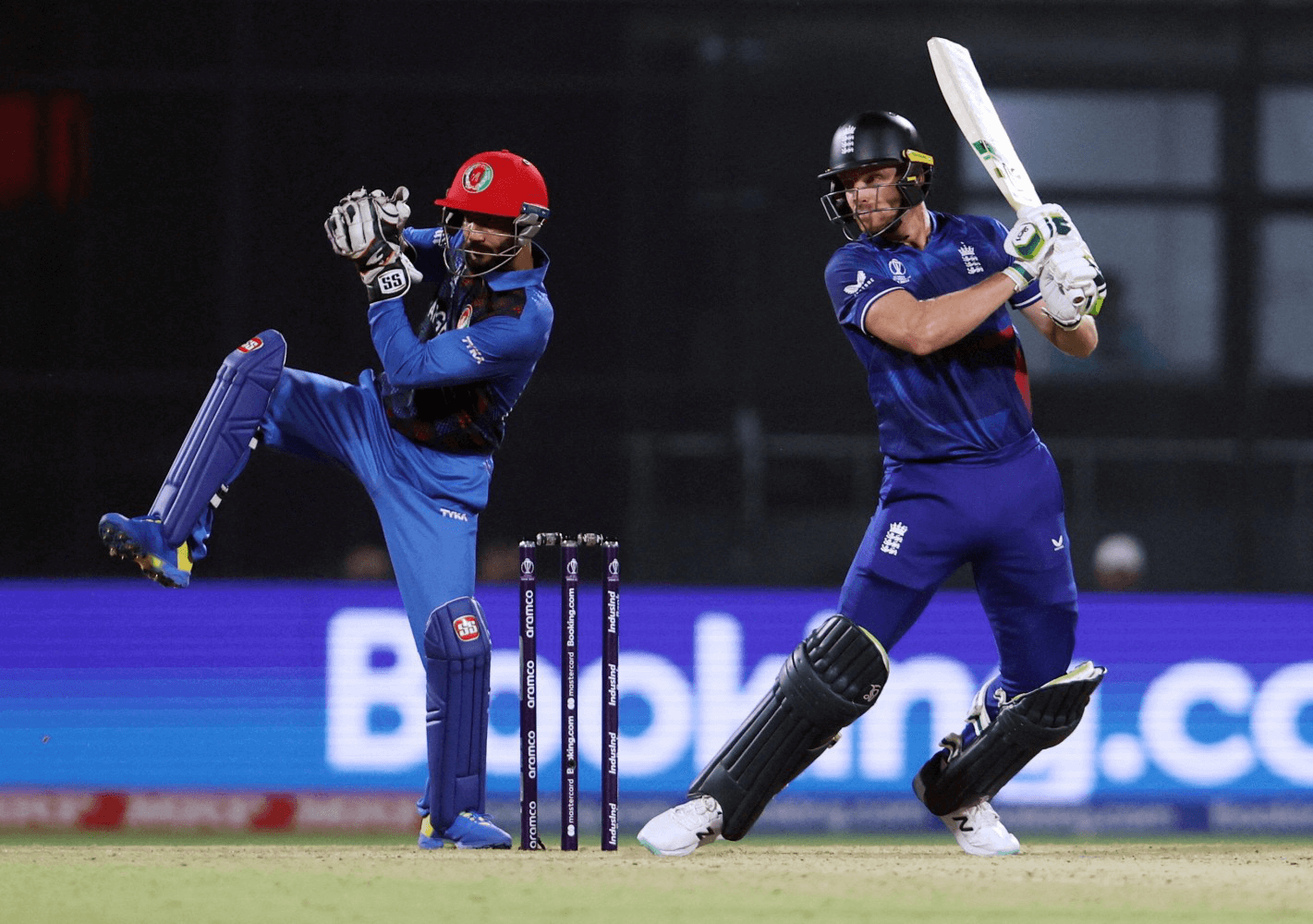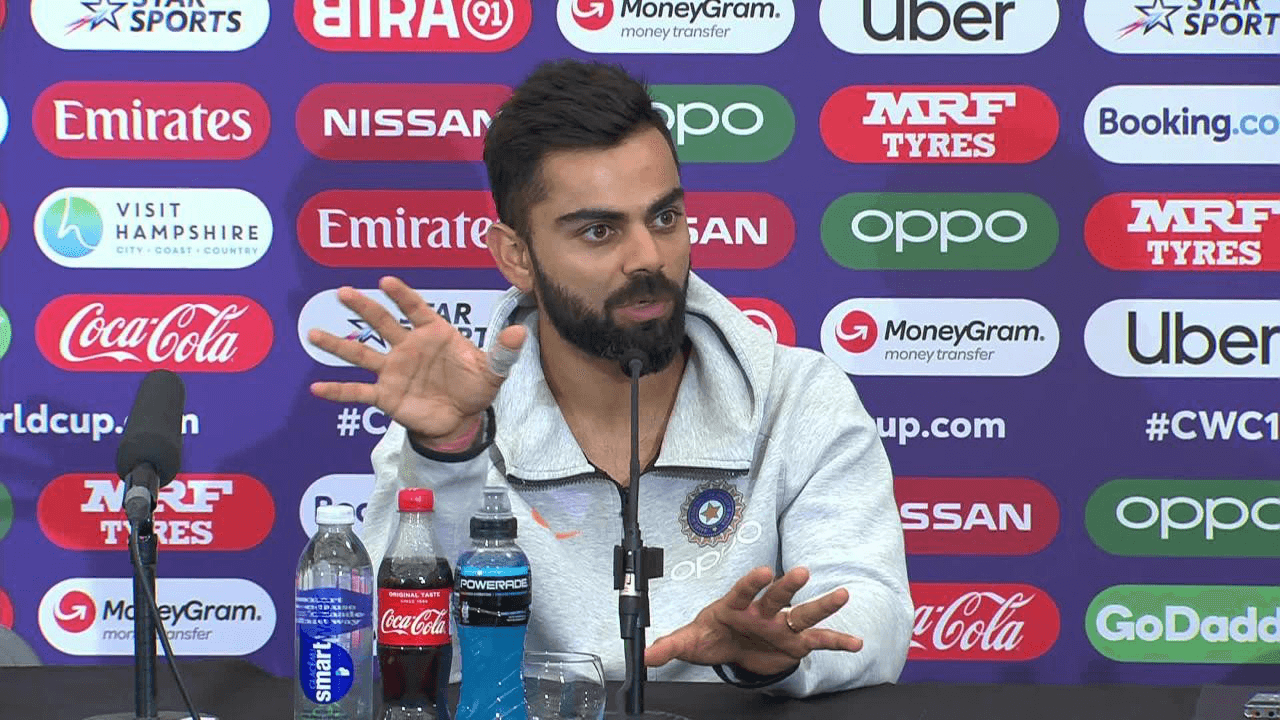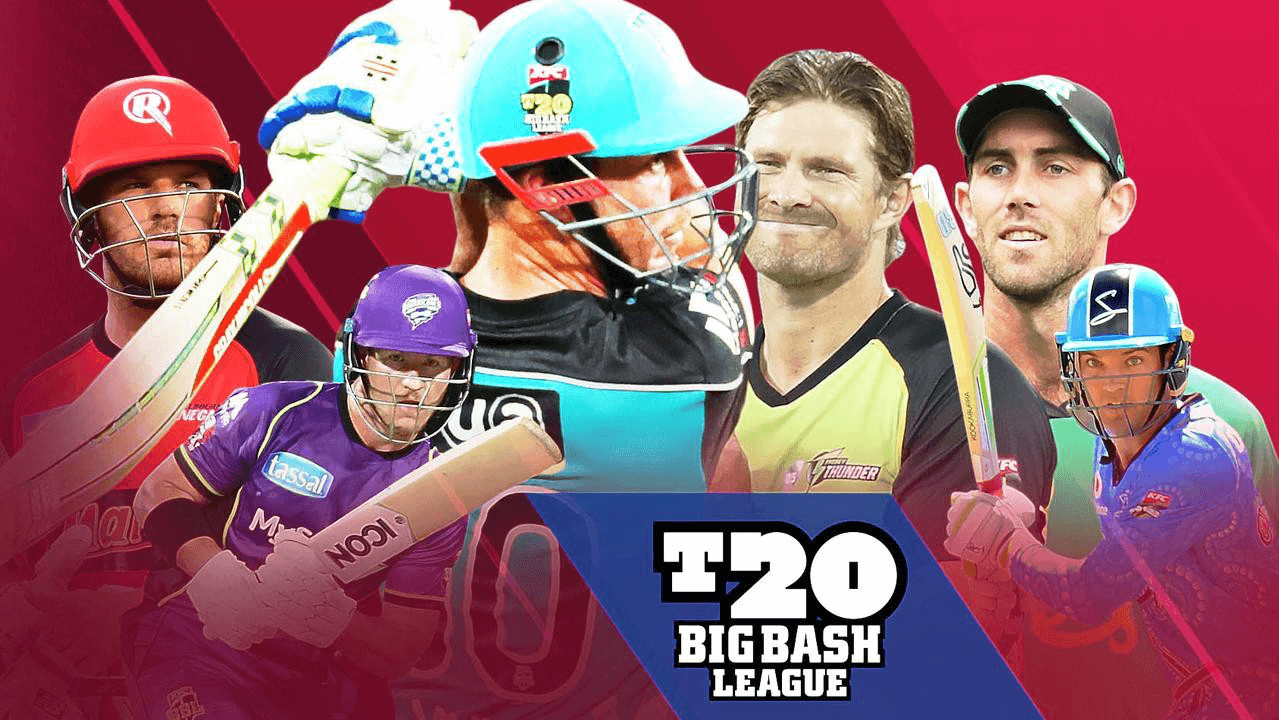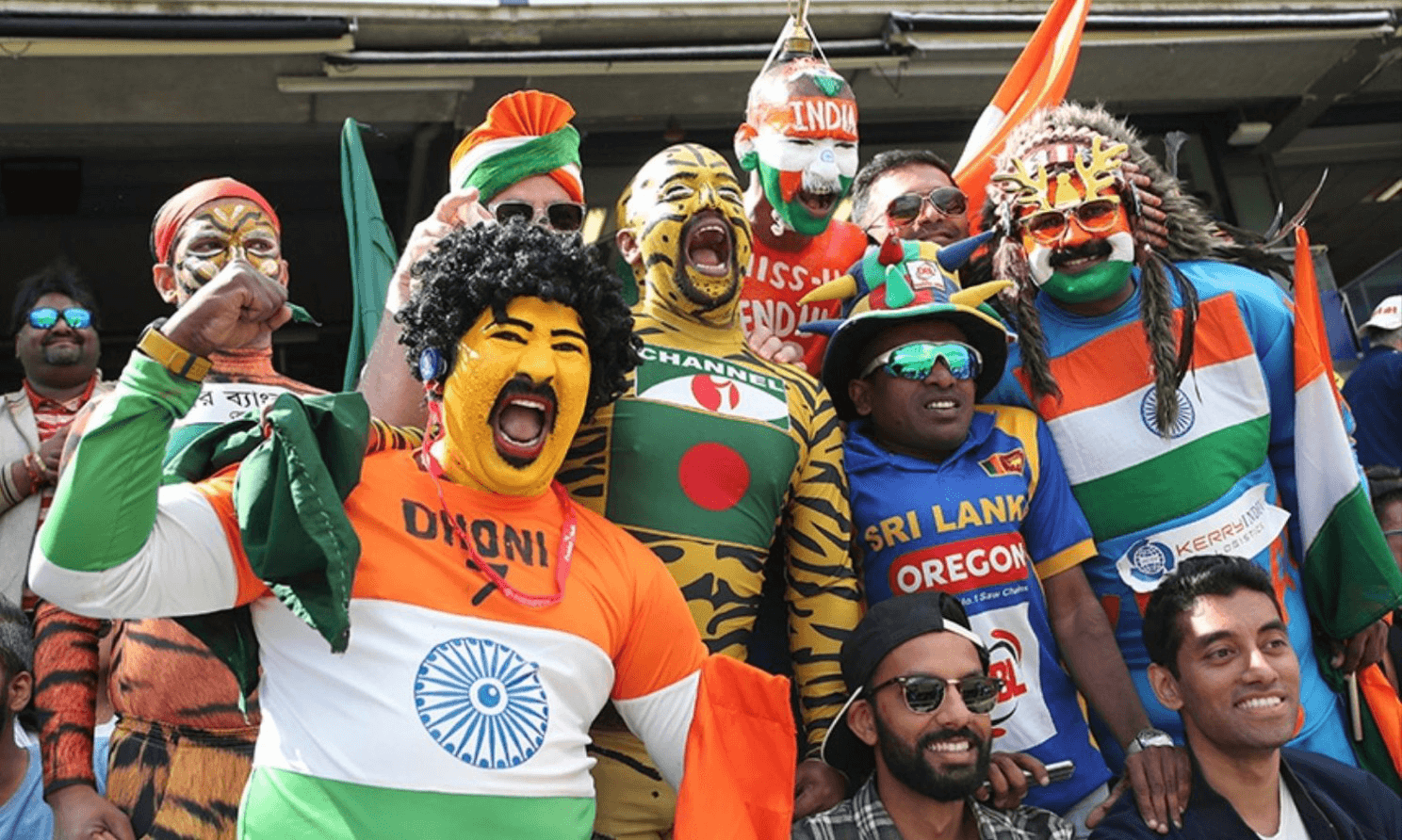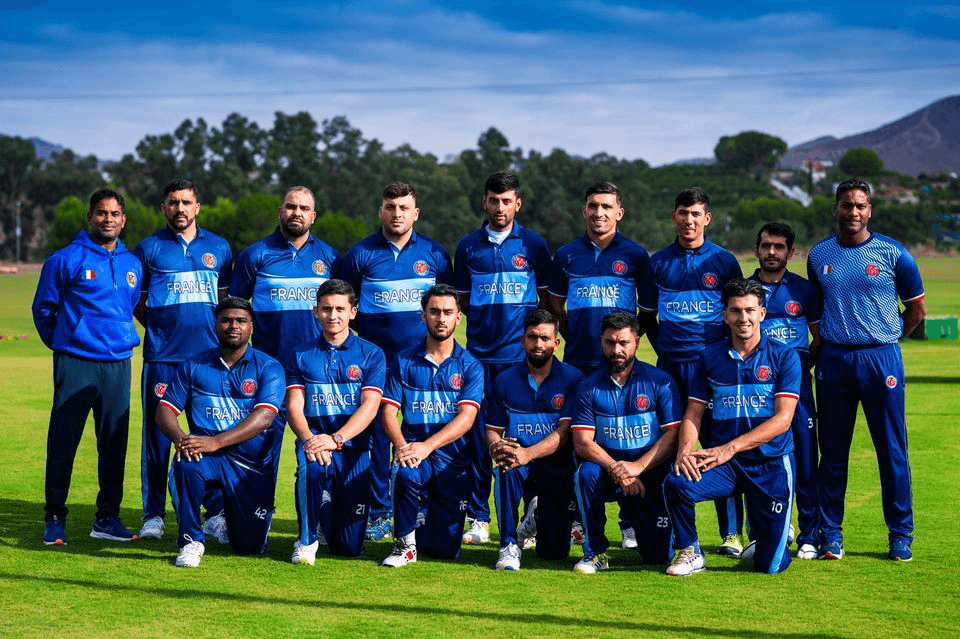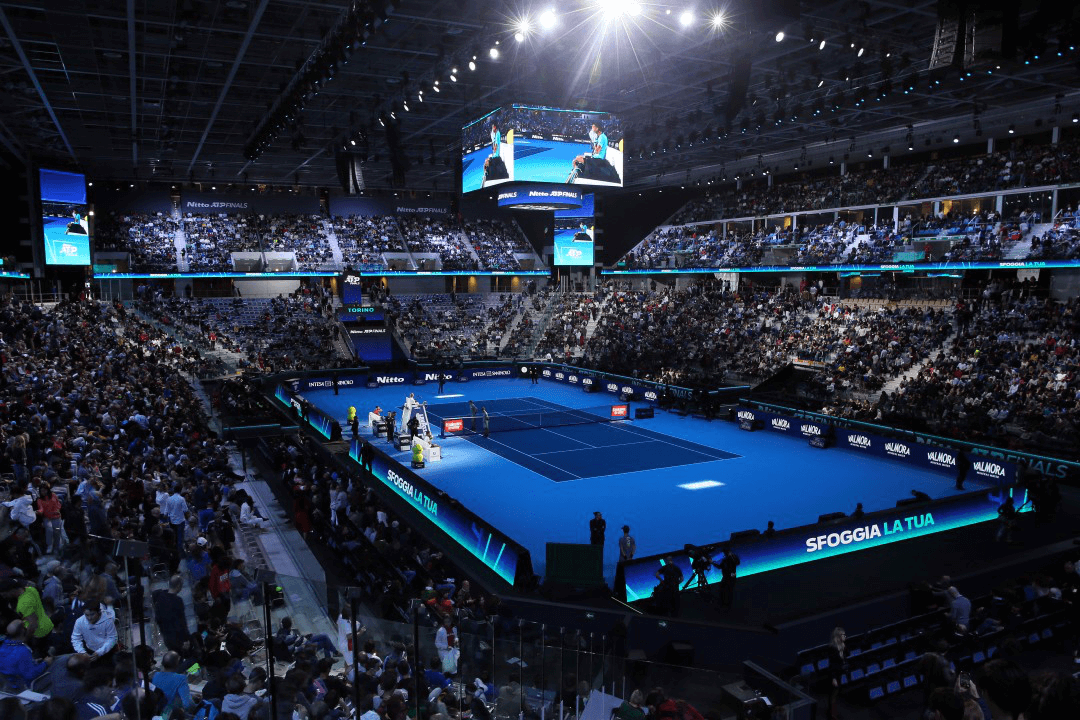Cricket on French soil: promotion and integration
Cricket in France is like the newcomer in the big leagues. Less popular than in India, where cricket is almost a religion, France still sees its little protégé grow, thanks to local and national federations. The French Cricket Federation (FFC) played the pioneer, introducing cricket into schools as civic education was introduced. The idea? To make cricket an integral part of French culture, like wine or cheese (there is still work).
In France, cricket has had to overcome several challenges, including the lack of adequate facilities, forcing the French national team to train abroad to access quality terrains The FFC effort to promote cricket in France, although impressive, remains modest compared to BCCI’s huge promotional machine in India. The initiative of the French Cricket Federation (FFC) to bring cricket into French schools is a bit like trying to introduce sushi into traditional French gastronomy. This is a bold step towards the recognition of a sport that, until now, seemed as exotic as kangaroos in Brittany. By targeting young people, the FFC hopes to entrench cricket in French sports culture, turning it from “what is this sport?” We’re playing cricket at school. They bet on the values of cricket, such as teamwork and sportsmanship, to seduce students. Imagine math lessons in the morning and cricket lessons in the afternoon. The FFC hopes that this strategy will make cricket as familiar in France as football or tennis, and who knows, maybe one day, cricket will be the new passion of the French.
The comparison between France and India in the context of cricket illustrates not only the cultural differences, but also the divergent strategies adopted by the respective federations. While India continues to strengthen its position as a cricket superpower, France is taking significant steps to establish the sport within its sports culture, although in a more progressive way and adapted to its national context.
Exploring the fascinating world of cricket, we discovered how this ancient sport is constantly reinventing itself, creating exciting opportunities for sports communication professionals. Through this series of articles, we discussed the exciting history of cricket, its fan engagement strategies, and its evolution in unexpected territories like France. As we look forward to his return to the 2028 Olympics, stay tuned for more insightful analysis and compelling stories about cricket. Are you as excited as we are to see cricket shine on the Olympic stage? Share your thoughts and enthusiasm for this historic moment in the comments below!

